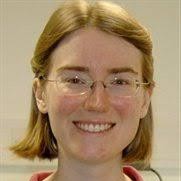Seeing and believing at super-resolution

Event details
| Date | 13.02.2019 |
| Hour | 11:00 › 12:00 |
| Speaker | Dr Susan COX |
| Location | |
| Category | Conferences - Seminars |
Super-resolution microscopy is a powerful tool for imaging structures at a lengthscale of tens of nm, but its utility for live cell imaging is limited by the time it takes to acquire the data needed for an image. For localisation microscopy the acquisition time can be cut by more than two orders of magnitude by using advanced algorithms which can analyse dense data, trading off acquisition and processing time. Information can be traded for resolution: for example, the whole dataset can by modelled as arising from blinking and bleaching fluorophores (Bayesian analysis of Blinking and Bleaching), although at a high computational cost. However, all these approaches will come with a risk of artefacts, which can mean that the image does not resemble the underlying sample. We have recently developed Harr Wavelet Kernel Analysis, a multi-timescale prefiltering technique which enables high density imaging without artefacts. The results of benchmarking with other techniques reveal that at high activation densities many analysis approaches may achieve high apparent precision (very sharp images), but poor accuracy (the images don’t look like the sample). I will discuss the relationship between precision, accuracy and information content in super-resolution microscopy images
Practical information
- General public
- Free
Organizer
- Suliana Manley